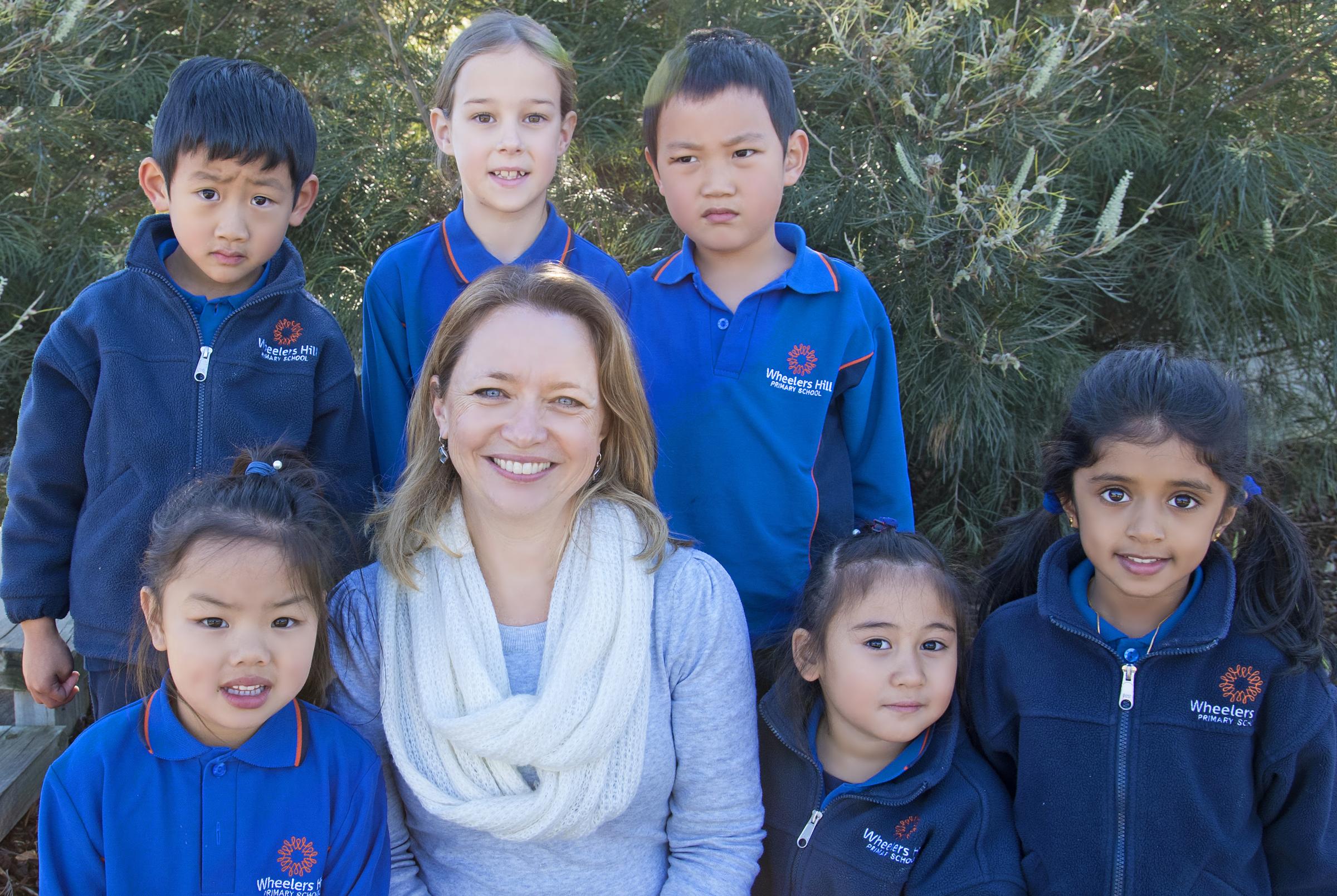Assistant Principal's Report Katrina Spicer - Wellbeing

22nd November, 2019
MOVING TO A NEW YEAR LEVEL
It is at this time of year that students will be starting to wonder about their new class for 2020. Teachers have been very busy creating class lists and our first orientation session occurred this afternoon.
To help ease any anxiety around this transition, we have three sessions where students are oriented into their new year level. In this afternoon's 'UP' session, students visited one of this year's class teachers, along with the students in their current class. Students participated in activities and discussions about what the students might expect as they move into the next year level.
Next Friday, 29th December, students will again visit this year's teachers, but this time in mixed groupings.
The final transition session is the Meet the Teacher day on Tuesday, 10th December. On this day students will visit their 2020 teacher in their 2020 classroom.
A reminder to parents that the teachers whom your child visits during our UP sessions are not necessarily the teachers who will be teaching in that year level next year. Students will meet their 2020 class and teacher on 10th December.
Some children will cope better than others with the transition to the next year level. Children who struggle with anxiety may find this transition quite challenging. The anxious thought cycle that can occur as the transition nears can include worries about teachers, friends, learning new routines, managing homework and even where to hang their school bag.
Anxiety is a normal part of childhood, and many children experience fears and worries at times. In these cases, anxious feelings an actually help your child learn to process and cope with the world around them. Some children, however, develop chronic anxiety symptoms. These symptoms can interfere with the ability to perform well in school and make and maintain social relationships.
A child who repeatedly asks the same questions about the classroom, the teacher, other students in the class etc, is a child seeking reassurrance. Rather than dismissing these worries with responses such as "You'll be fine", or "Don't worry about that", validate their worries by helping them to name their actual concerns and establish positive counter thoughts to empower your child.
e.g.: "It's hard to switch teachers" becomes "My new teacher wants to help me learn, just like my old teacher."
"I don't know the rules in the classroom" becomes "My new classroom will have behaviour expectations, just like my old class!"
"What if the work is too hard?" becomes "If I don't understand the work, I just have to ask for help."
If a child is feeling exceptionally anxious about moving to a new year level, please speak to your child's teacher.
Katrina Spicer
Assistant Principal - Wellbeing
PARENTING IDEAS ARTICLE
Why Validation is the Best Parenting Skill of All
By Michael Grose
At a time when the mental health and wellbeing of children and teenagers is firmly in the spotlight, validation is an essential parenting skill.
When a child or teen comes to you when they are struggling emotionally, they want you to understand their dilemma. They don’t want to be dismissed or told to ‘get over it’. They generally want someone to acknowledge that their concern is real with comments such as:
“I see you’re worried about going to camp. I can understand that. “
“Thanks for telling about the scary monsters in your bedroom. Let’s see what we can do about them.”
“I’d be afraid too if I was left alone on my own for that long.”
VALIDATION OF A CHILD'S STRUGGLES HELPS THEM
Validating a child’s struggles helps in a number of ways. It works to:
Build deep connection
Relationships built at the time of vulnerability go deep and are hard to break.
Promote a child’s wellbeing
Validation helps kids feel safe, which is what ‘worry warts’ and anxious kids want. Lack of understanding rather than fear itself often impacts negatively on a child’s happiness.
Overcome disappointment and build resilience
Validation encourages kids to give voice to their concern or disappointment and either takes steps to rectify it or move on.
Develop emotional intelligence
Parental validation models emotional intelligence for children and teens. It requires you to identify the emotions that may be behind their language or behaviour.
Encourage empathy
Validation requires you to stop, listen and get on the same wavelength as your child.
Four steps to validating your child’s emotions
Follow these steps when your child comes to you with their worries or concerns to make sure they feel understood.
Attend
Stop what you are doing and give your child full attention.
Observe
Listen with your eyes as well as your ears.
Reflect back their worries
Get down to their eye level if necessary, saying something like, “I see you’re really concerned about this.”
Touch
If appropriate, gently touch their shoulder or give them a hug when you speak to them. This will help them feel safe and comforted.
There’s no better feeling for a child or teen who is struggling than knowing someone they value truly understands them.
